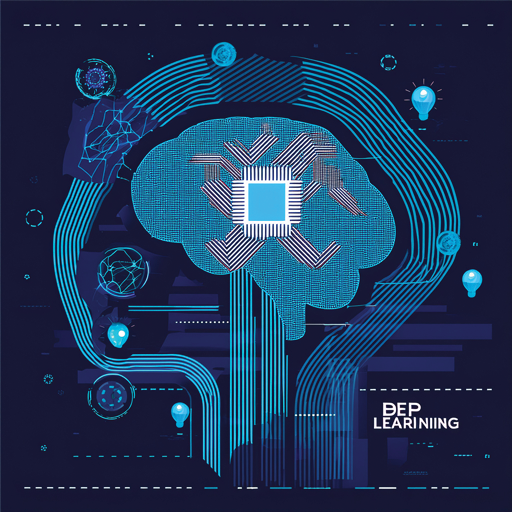Deep Learning in Neural Networks: The Power of Intelligent Systems

Deep learning, a subset of machine learning, has revolutionized the field of artificial intelligence (AI) by enabling computers to learn and make decisions with minimal human intervention. At the heart of this revolution lie neural networks, computational models inspired by the human brain's architecture. These networks have propelled deep learning to the forefront of technological innovation, powering applications across diverse domains such as image recognition, natural language processing, and autonomous driving.
Understanding Neural Networks
Neural networks consist of layers of interconnected nodes, or neurons, each designed to simulate the way biological neurons transmit information. A typical neural network includes:
- Input Layer: Receives raw data (e.g., pixels of an image).
- Hidden Layers: Multiple layers where data is processed and transformed through weighted connections and activation functions.
- Output Layer: Produces the final prediction or classification.
The "deep" in deep learning refers to the use of multiple hidden layers, which enable the network to learn complex patterns and representations in data.
How Deep Learning Works
Training a deep neural network involves feeding data forward through the network and adjusting the weights of connections using an optimization technique called backpropagation. This process minimizes the difference between the predicted output and the actual target by iteratively updating weights based on error gradients. Over time, the network fine-tunes itself to improve accuracy.
Key components that enhance deep learning models include:
- Activation Functions: Non-linear functions such as ReLU (Rectified Linear Unit) that allow networks to capture complex relations.
- Regularization Techniques: Methods like dropout help prevent overfitting by randomly deactivating neurons during training.
- Optimization Algorithms: Adaptive optimizers like Adam speed up convergence.
Applications of Deep Learning
Deep learning in neural networks has unlocked breakthroughs in several fields:
- Computer Vision: Used in facial recognition, medical imaging diagnostics, and self-driving cars.
- Natural Language Processing (NLP): Powers chatbots, translation services, and voice recognition systems.
- Recommendation Systems: Personalizes content on platforms like Netflix and Amazon.
- Gaming and Robotics: Enables autonomous agents to learn complex tasks through reinforcement learning.
Challenges and Future Directions
Despite its success, deep learning faces challenges including the need for large labeled datasets, high computational costs, and issues with interpretability. Researchers are actively exploring approaches like unsupervised learning, transfer learning, and explainable AI to address these concerns.
Looking ahead, advancements in neural architectures such as transformers and spiking neural networks promise to push deep learning capabilities further. Integrating neural networks with symbolic reasoning and integrating multimodal data are also exciting directions that could expand AI’s versatility and intelligence.
Deep learning in neural networks is a transformative force that continues to shape the future of AI. By mimicking the brain’s capacity to learn hierarchical representations, these models enable machines to understand and interact with the world in increasingly sophisticated ways. As research progresses, deep learning stands poised to unlock new frontiers of innovation and practical applications across society.
